What is Wagashi? | Best Traditional Japanese Sweets
Tanner Schroeder
Posted on July 02, 2021
Share:
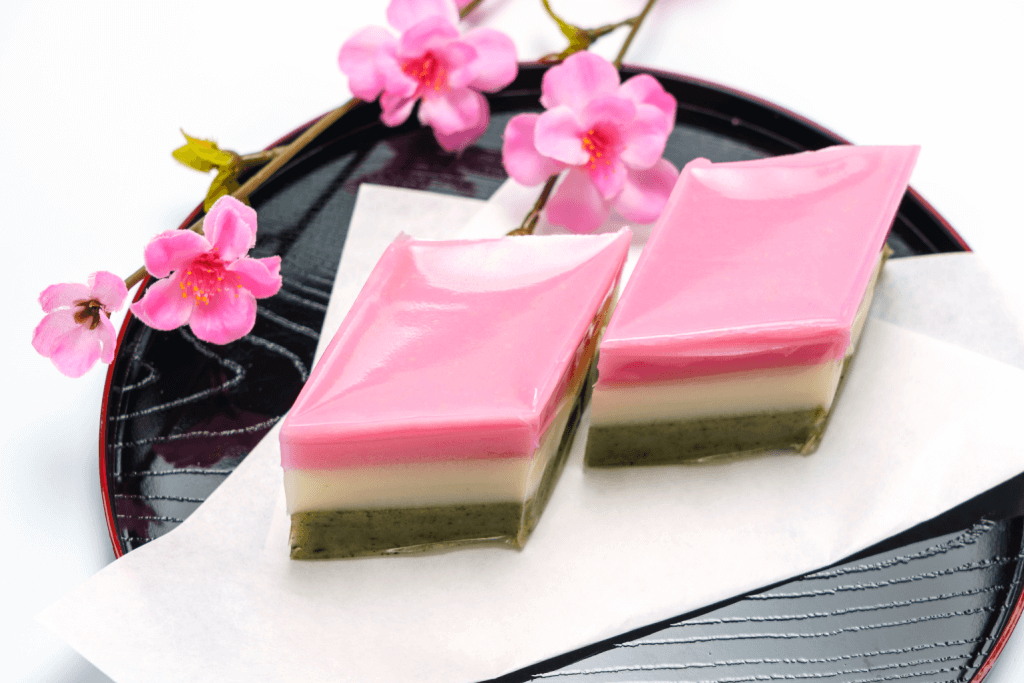
Japanese snacks are very popular among visitors and locals alike. They’re very easy to eat and come in different styles and flavors. While dagashi are more modern iterations of Japanese snacks, wagashi are traditional Japanese confections often served during ceremonies with tea.
Wagashi are great gifts since they have unique flavors that vary from region to region across Japan. In this article, we’ll talk about what wagashi is, where it came from, and the different types you can try around Japan.
What is Wagashi?
The Japanese word for sweets, kashi, originally only referred to fruits and nuts. In ancient times, sugar was expensive, so naturally, sweet fruits and nuts were used as sweets. With the increasing sugar trade between China and Japan, sugar became a common household ingredient by the end of the Muromachi period (1336-1573).
Strongly influenced by the production of tea, the creation of wagashi became popular during the Edo period (1603-1867). They are traditional Japanese confections people enjoy with green tea during traditional ceremonies.
People coined the term “wagashi” during the Meiji period (1868-1912) to set apart Japanese sweets from the European ones arriving in Japan. The original inspiration for the shape of these Japanese sweets was Chinese confections and dim sum, but over time, these traditional sweets evolved into a unique and beloved part of Japanese culture, becoming more expressive.
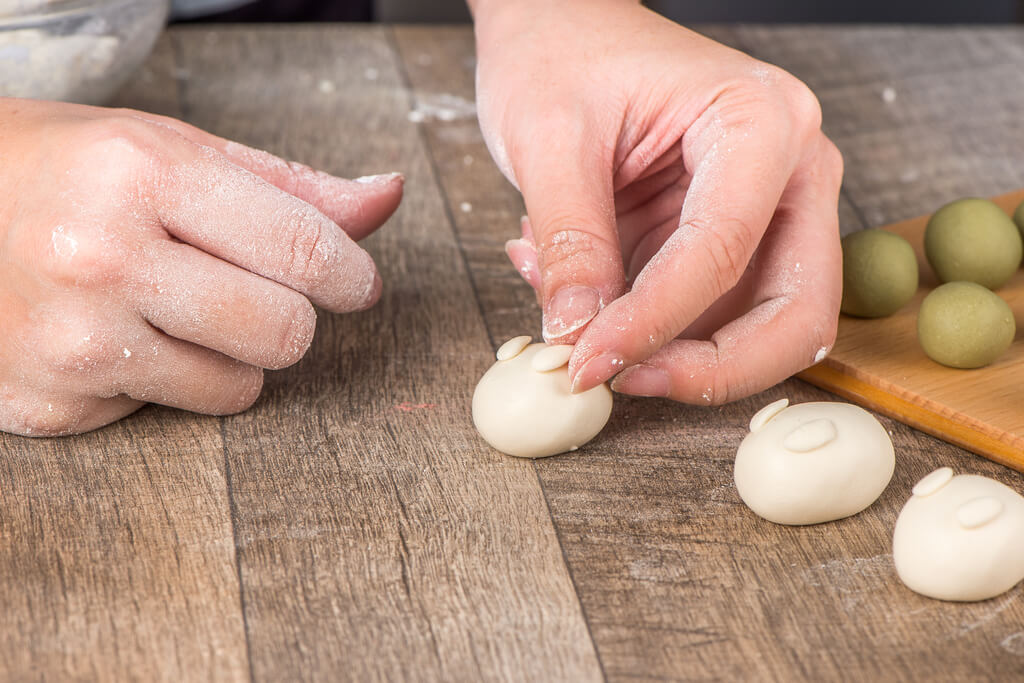
Traditionally, people make them using plant-based ingredients, agar for texture instead of gelatin, and no dairy. This makes them much healthier compared to Western snacks, which usually contain higher amounts of sugar. To make wagashi, the process involves steaming short-grain glutinous rice, pounding it into a paste, and molding it into intricate shapes.
Other ingredients include mochi (rice flower), anko (azuki bean paste), water, sugar, cornstarch, and fruit. People usually name wagashi after poetry and give them unique flavors that vary from region to region and season to season. Seasonal snacks such as sakura mochi are particularly popular, while chestnut flavors are more popular in the fall.
Where can I find wagashi?
Today, wagashi are available all over Japan. They’re most common at select cafes, restaurants, temples, and even gardens! Kyoto, in particular, has many traditional snack shops where visitors can experience wagashi. The Nakamise shopping street in Asakusa is also a good place to sample wagashi in Tokyo. They make great gifts from business trips and are often available in Japanese department stores in major train stations.
If you’re interested, many traditional wagashi-making classes are also available. Certified instructors lead the classes, and participants can learn about the meaning behind wagashi and enjoy eating their creations.
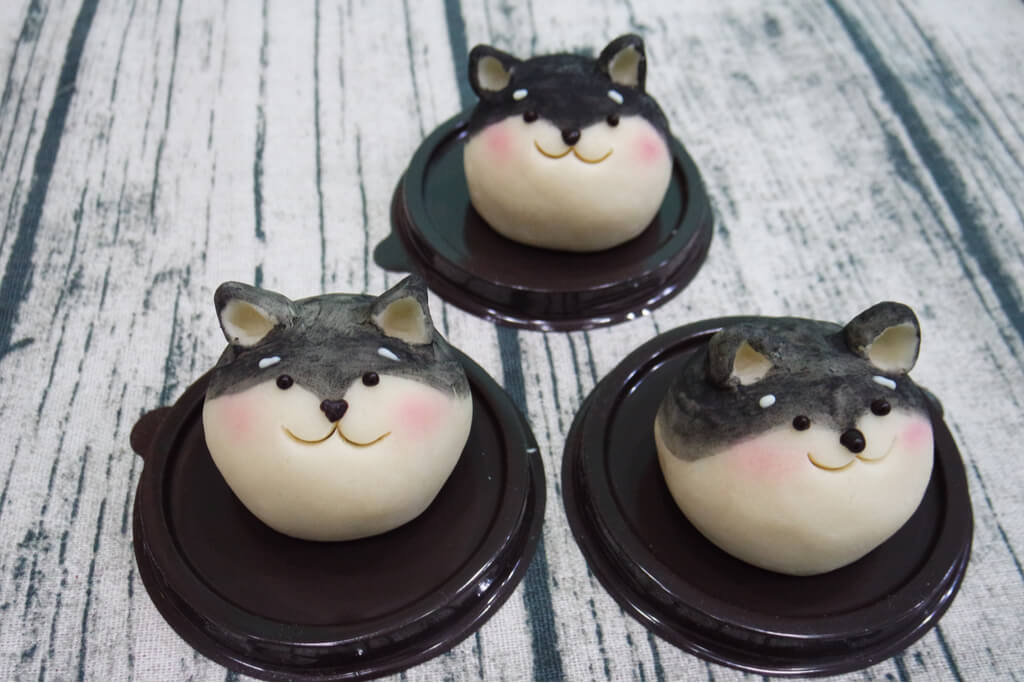
Common Types of Wagashi
Many types of wagashi are suitable for different seasons and unique to different regions. Here are a few of the most common types you’ll likely find.
Dango
The most common type of wagashi is dango. People eat it all year round, and they can usually find it at festivals, although many convenience stores also sell it. It is a chewy, round mochi ball on a stick that is covered in a sweet-salty syrup made of soy sauce, sugar, and starch.
Namagashi
People consider namagashi an edible piece of art because of its beautiful design that reflects seasonal and natural shapes such as flowers and leaves. It is especially popular to eat during Japanese tea ceremonies. Since it is the most delicate of all Wagashi types, it requires daily preparation and best consumed fresh.
Daifuku
Daifuku is a small round mochi with a sweet filling, usually red bean paste. The name translates into “great luck,” so daifuku mochi is “great luck rice cake.” It comes in many flavors. The most common flavors are ichigo (strawberry) daifuku and mame (soybean) daifuku.
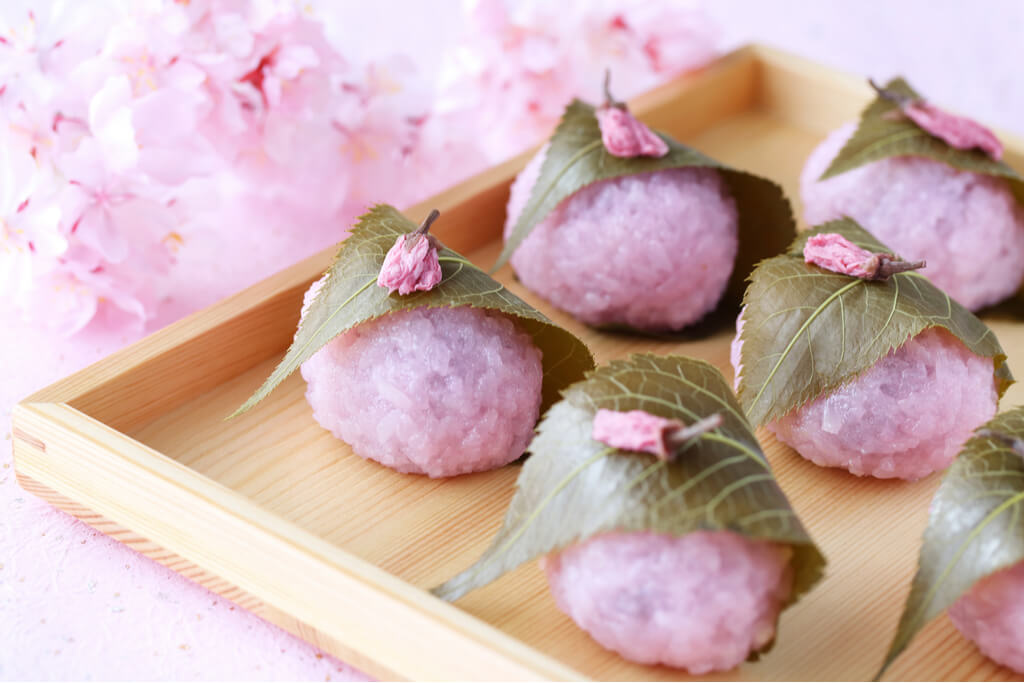
Dorayaki
Dorayaki is a kind of cake that’s made of sweet red bean paste between two layers of baked fluffy sponge cake. The name “dora” in Japanese means gong, reflecting its shake, and “yaki” means bake
Taiyaki
People make taiyaki, a Japanese fish-shaped cake, with the shape of a red sea bream fish. Traditionally, they fill taiyaki with anko red bean paste, but one can also find taiyaki with fillings such as chocolate, matcha, and even ice cream.
Manju
Manju typically has a pastry coating made by wrapping flavored ingredients like anko in kneaded dough and steaming it. The anko includes other flavors like chestnut jam or sweet potato, depending on the region.
Overall, wagashi culture is very unique to Japan. These traditional Japanese sweets reflect Japan’s humble nature and ever-changing seasons. Although wagashi are common in department and convenience stores, we highly recommend visiting traditional Japanese tea gardens and temples for an authentic experience. Have you tried wagashi before? Do you have a favorite type of wagashi? Leave a comment below.

Discover authentic flavors with Sakuraco
Get Sakuraco 

Discover authentic flavors with Sakuraco
Get Sakuraco 
Related Articles

Sea Caves and More: Beautiful Places in Ishikawa!
With its rich history, beautiful nature, and exciting culture, Ishikawa is the perfect getaway destination. It is famous for its stunning coastal scenery with a wide variety of sightseeing spots.

The Heart of Ishikawa: Noto Peninsula’s Road to Recovery
The Noto Peninsula, located in the northern part of Ishikawa Prefecture, is renowned for its breathtaking landscapes, deep-rooted cultural traditions, and centuries-old craftsmanship. However, on January 1, 2024, this picturesque region was shaken by one of the most powerful earthquakes in its history.
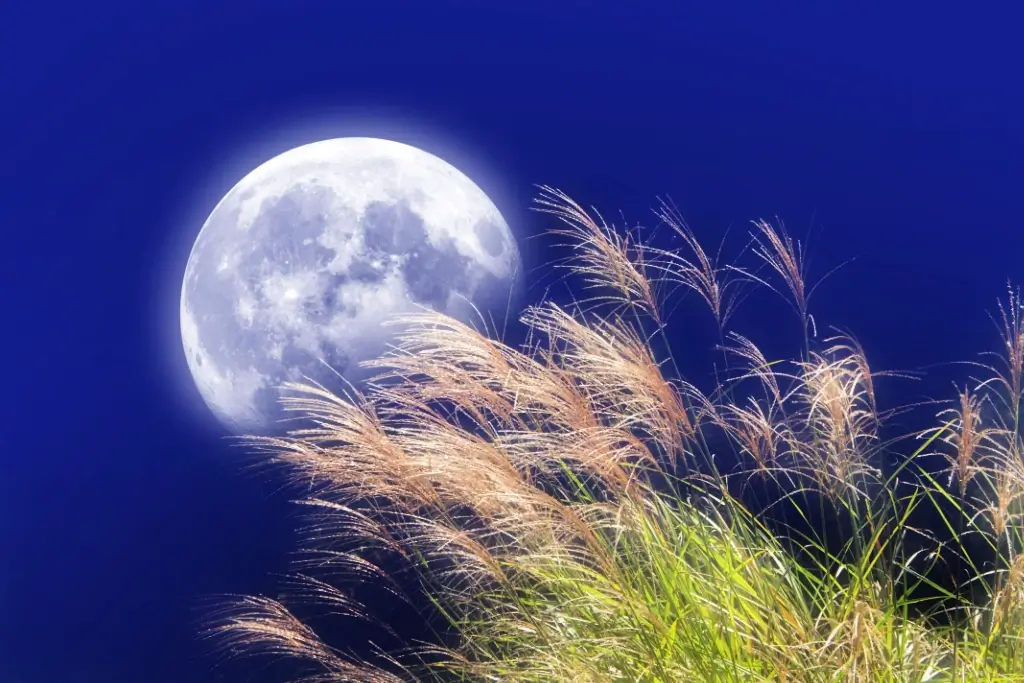
Autumn Moon Festival: Japan’s Celebration in the Fall
The Autumn Moon Festival (tsukimi) is a time of reflection in Japan. During the fall months, people across the country come together to acknowledge the changing seasons and appreciate the season’s brightest moon (jugoya).

Weather in Kyoto: Landcapes in the Fall!
Few places are as wondrous as Kyoto for those seeking the most picture-perfect fall escape. With gorgeous weather and stunning natural beauty, Kyoto should be on any visitor’s to-do list when coming to Japan.


